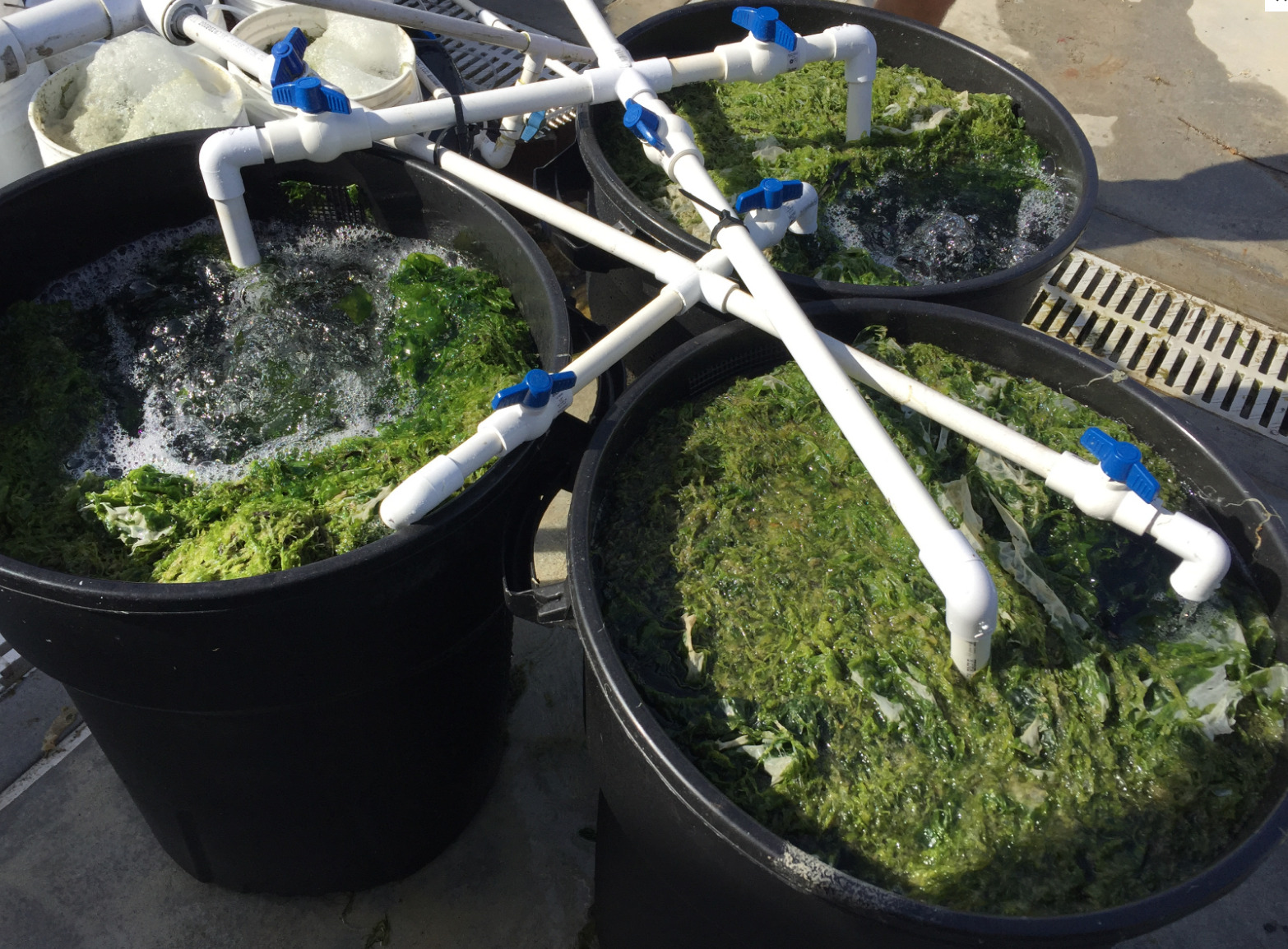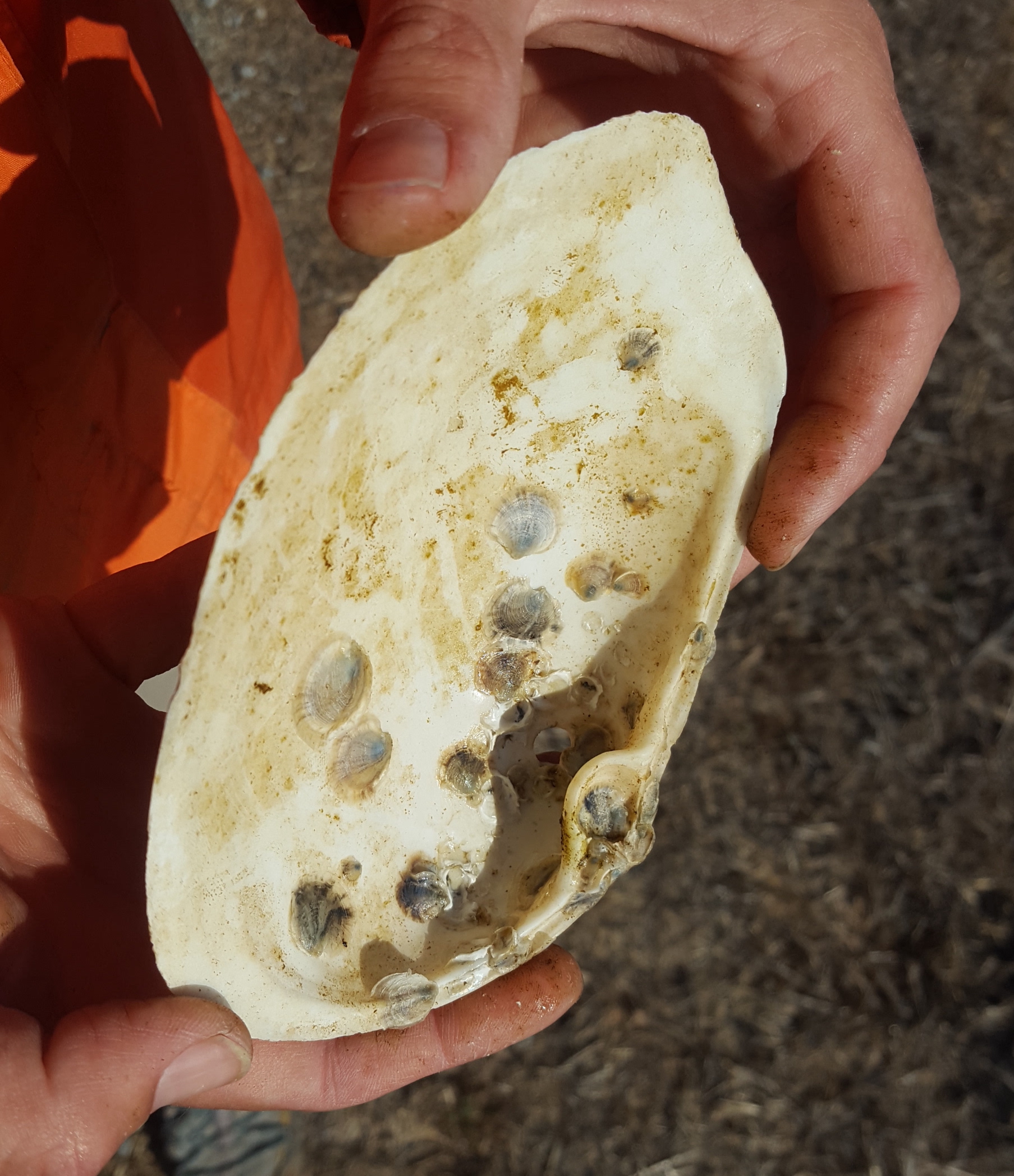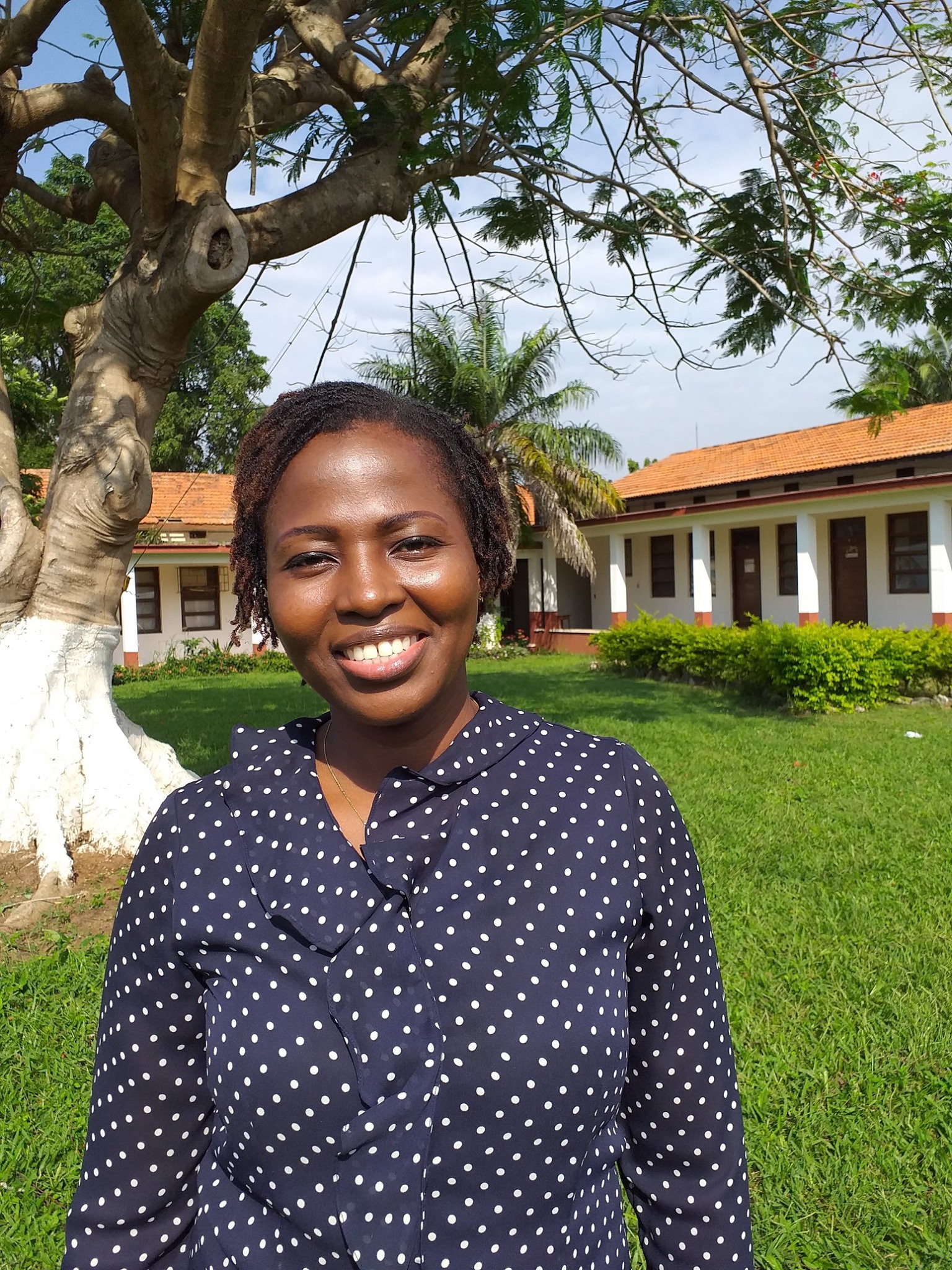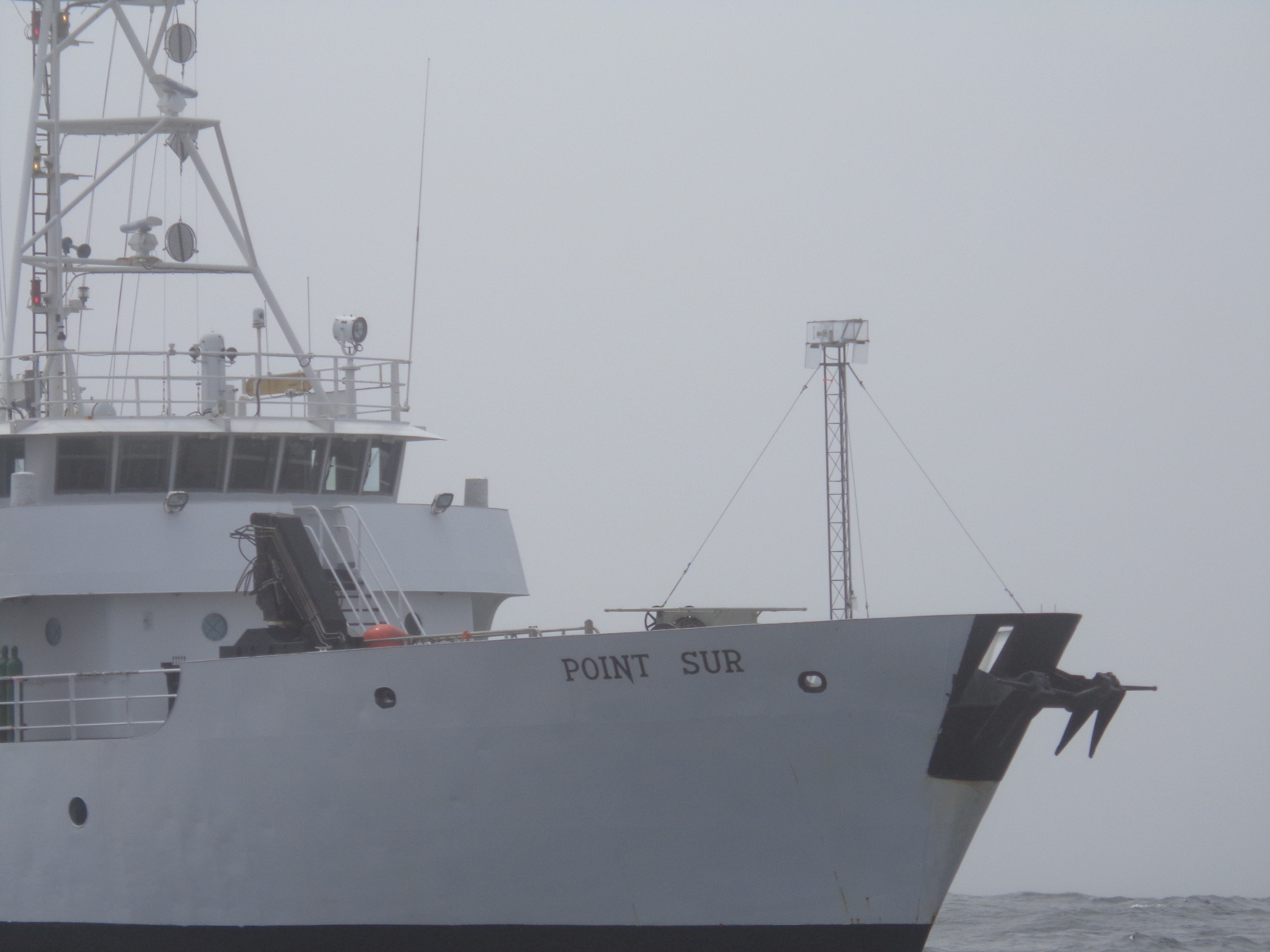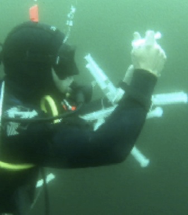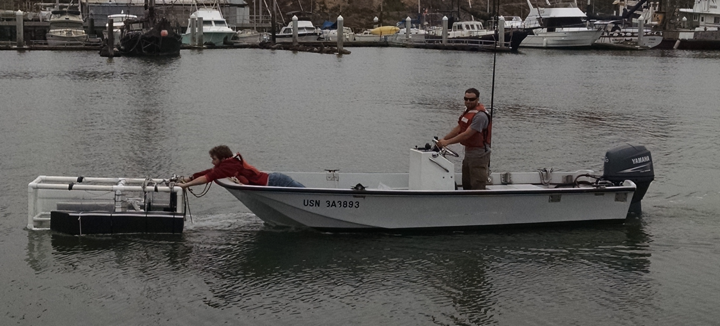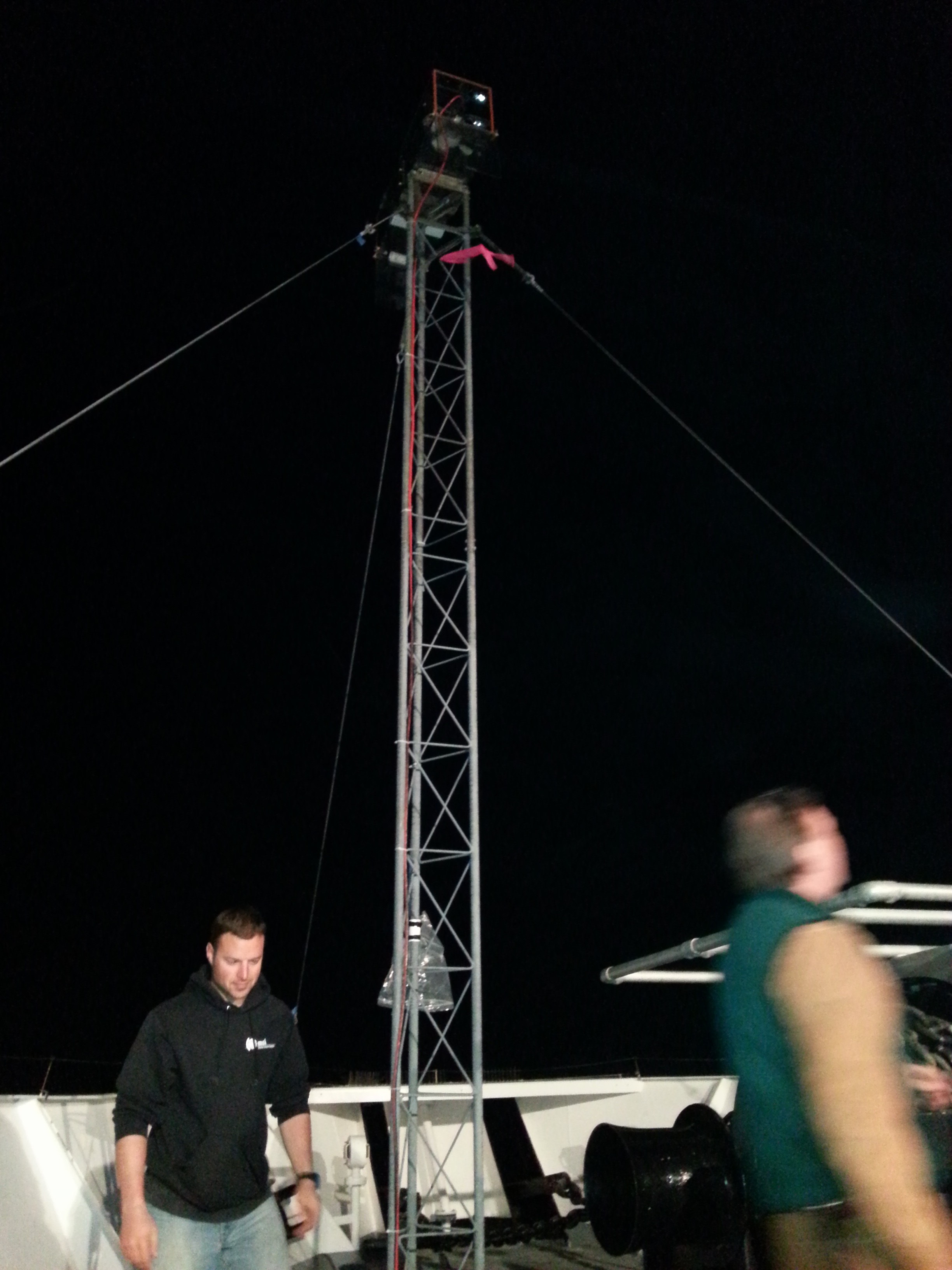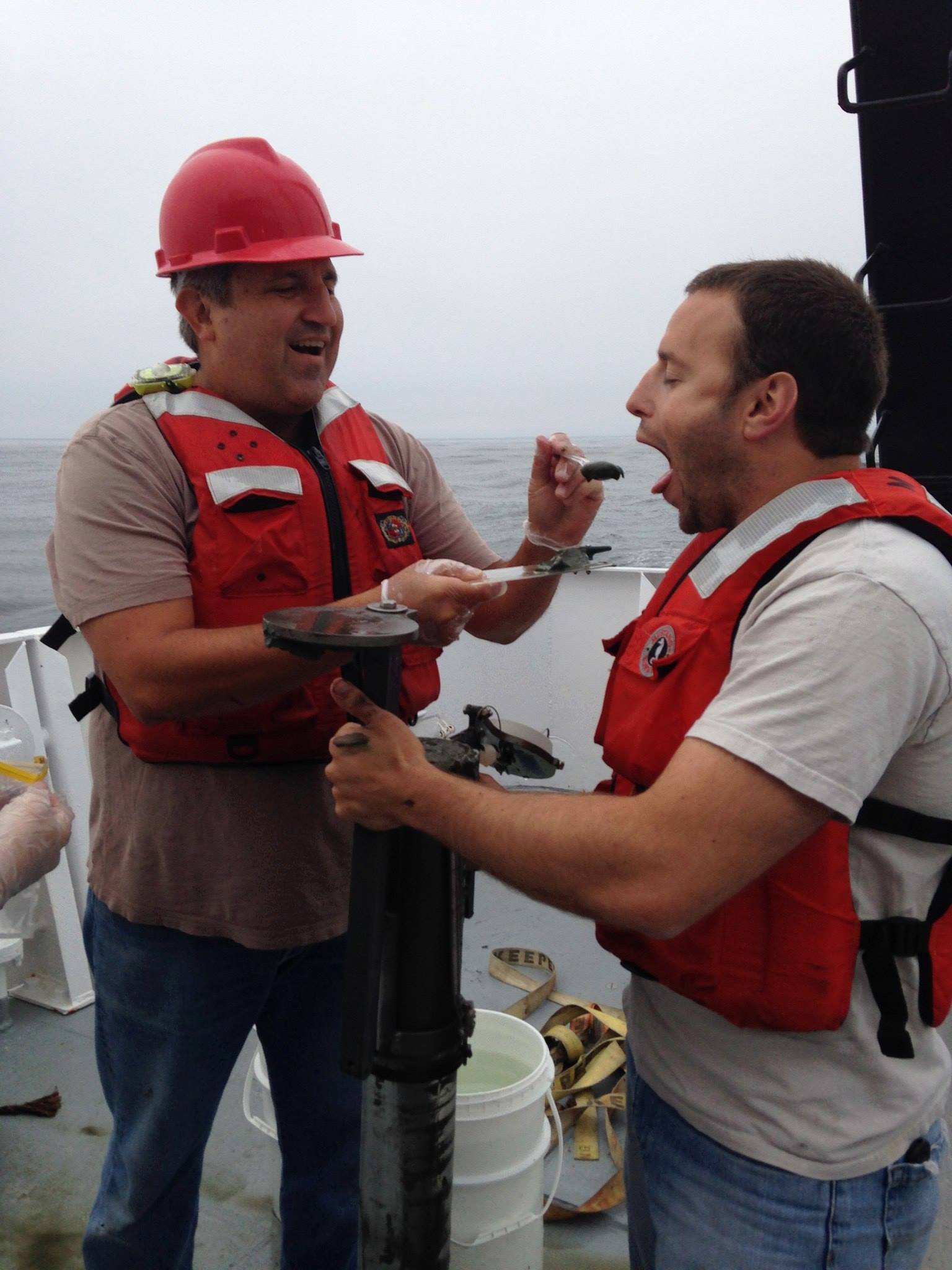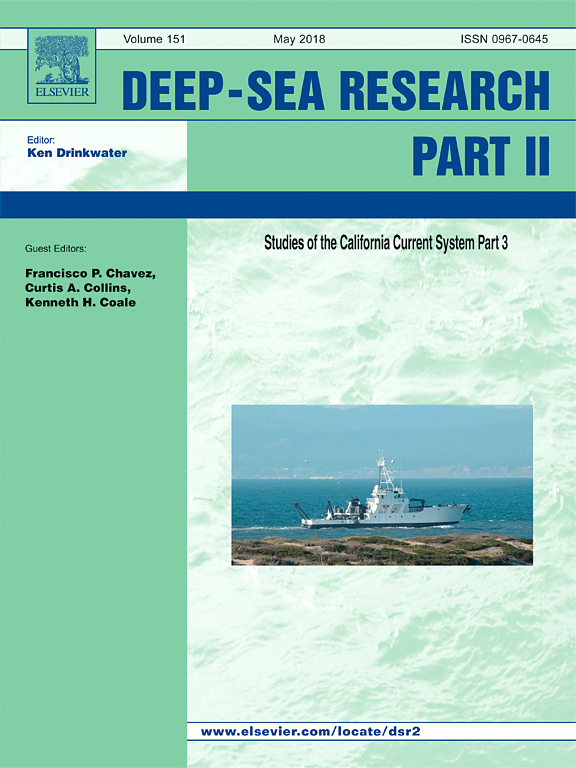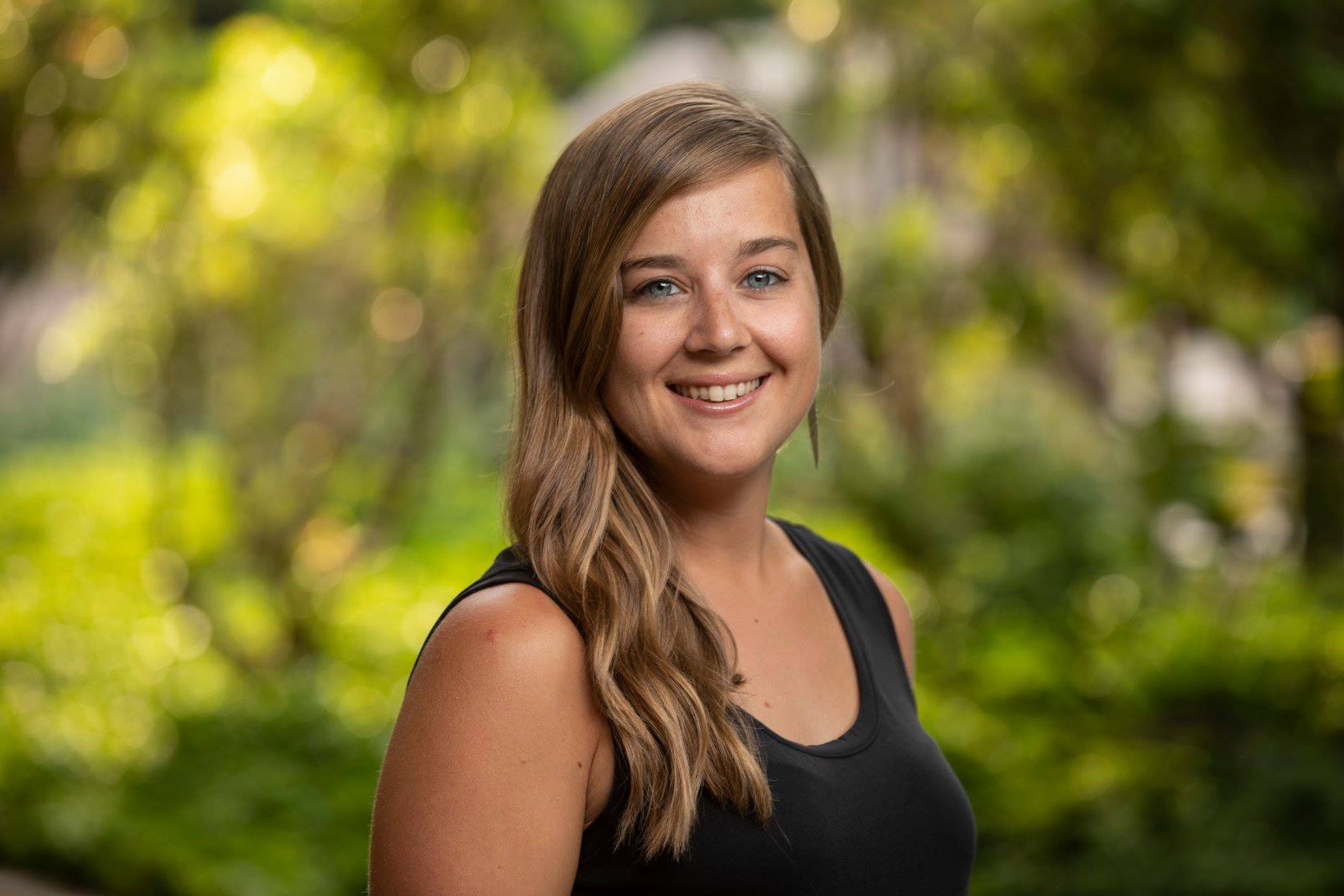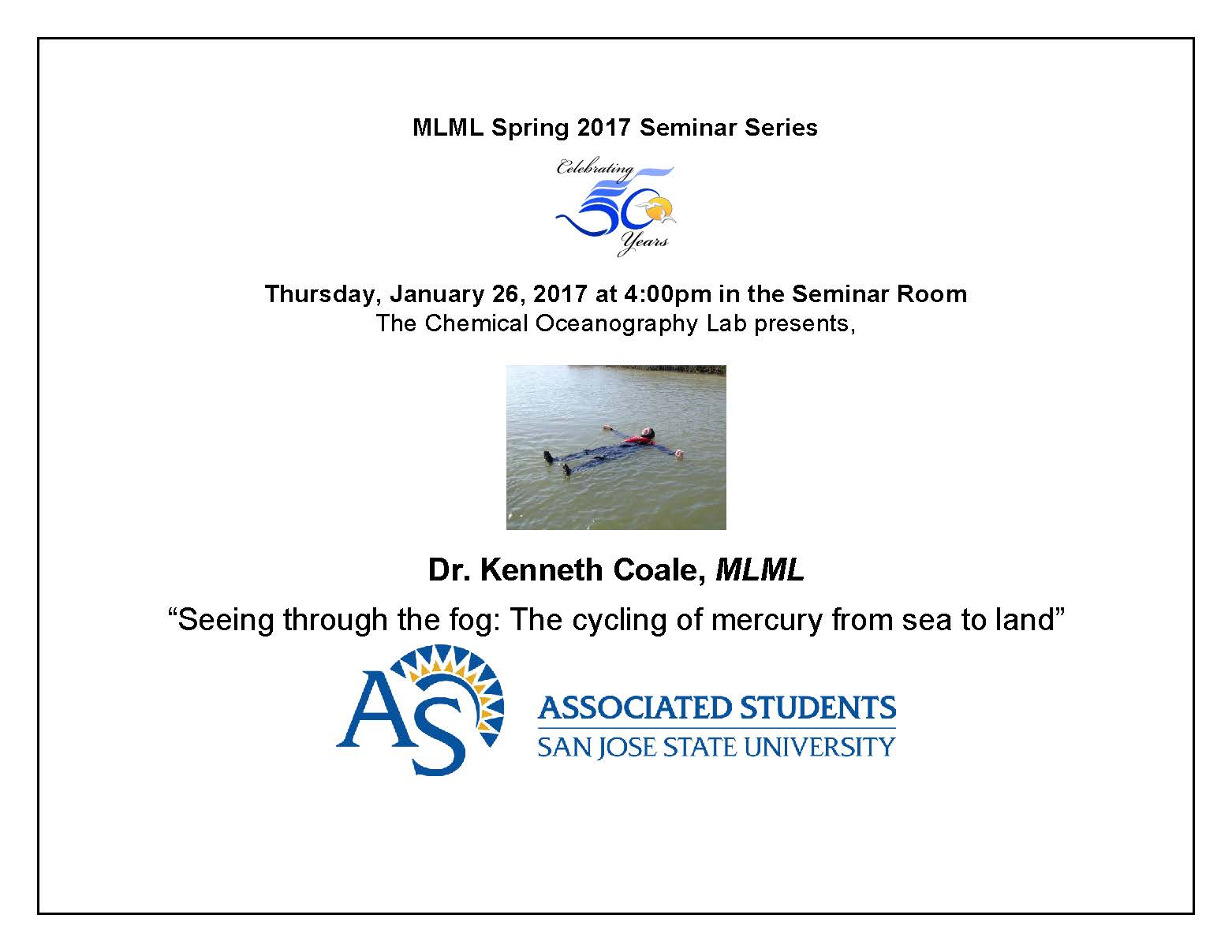Three new SJSU/MLML research projects are officially Sea Grant-funded! California Sea Grant has announced funding for a total of seven new research projects led by early-career faculty members throughout the state. The one-year projects focus on two key areas of California Sea Grant’s strategic plan: sustainable fisheries & aquaculture, and coastal resilience. This year, a new partnership with the CSU Council on Ocean Affairs, Science & Technology (COAST) provided non-federal match to new CSU faculty members whose research focuses on supporting the state of California’s highest priority marine, coastal and coastal watershed related needs for scientific information.
SJSU/MLML faculty will serve as PIs on the following three projects:
- Chemical oceanographer Dr. Maxime Grand and co-PI research faculty member Dr. Luke Gardner will lead a new project focused on quantifying volatile bromocarbon emissions from seaweed aquaculture in California.
- Invertebrate ecologist Dr. Amanda Kahn and co-PIs Dr. Kerstin Wasson and Dr. Luke Gardner will investigate the use of energetics and metabolism to enhance Olympia oyster aquaculture and outplanting success.
- Ichthyologist Dr. Scott Hamilton and phycologist Dr. Michael Graham will serve as co-PIs on a new project led by SJSU professor Dr. Maya deVries investigating whether co-culture of seaweeds and shellfish improves shell integrity in farmed red abalone.
Congratulations to all our SJSU/MLML faculty members and their collaborators on these exciting new ventures! Learn more about all seven newly funded research projects here.
